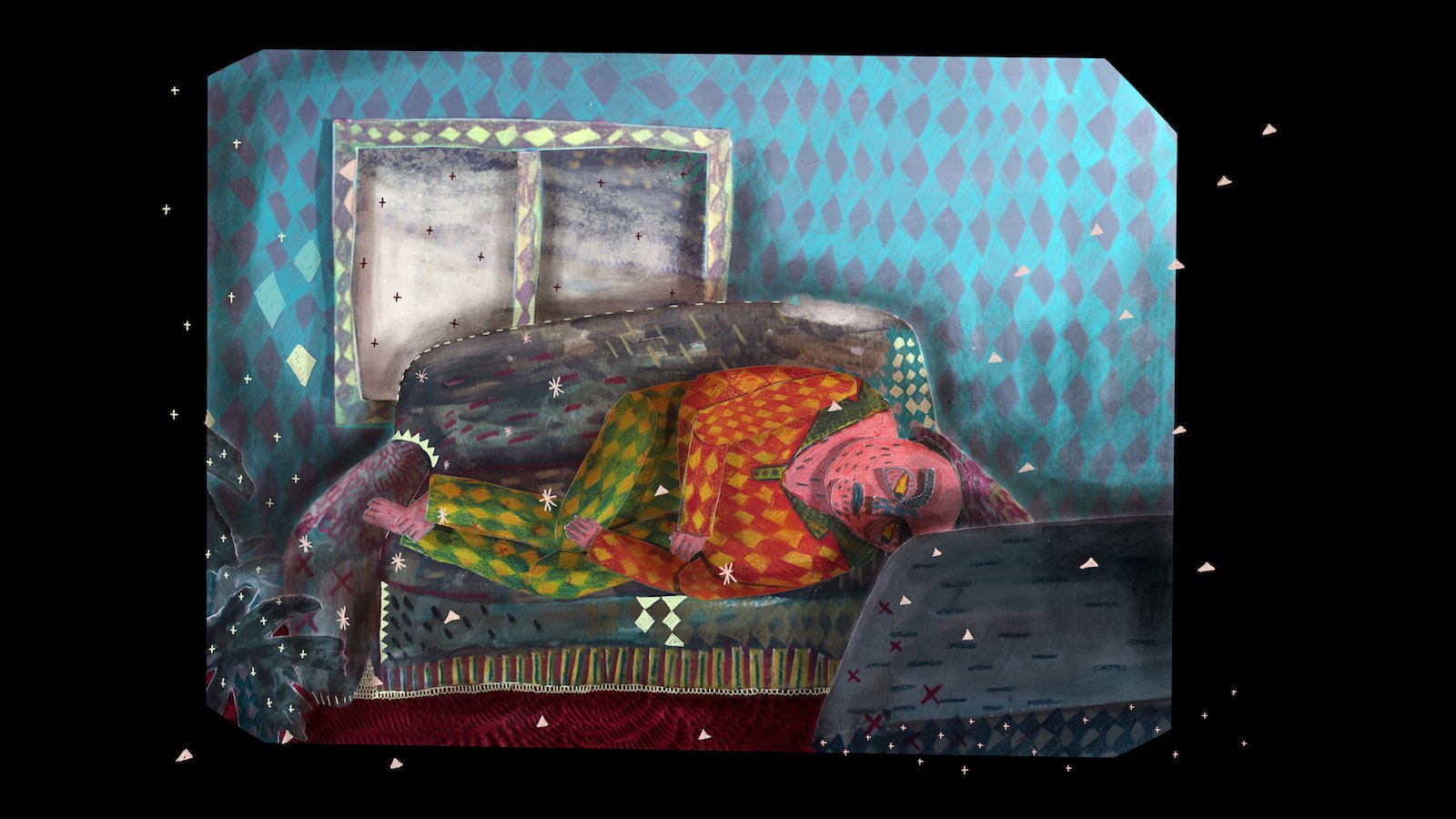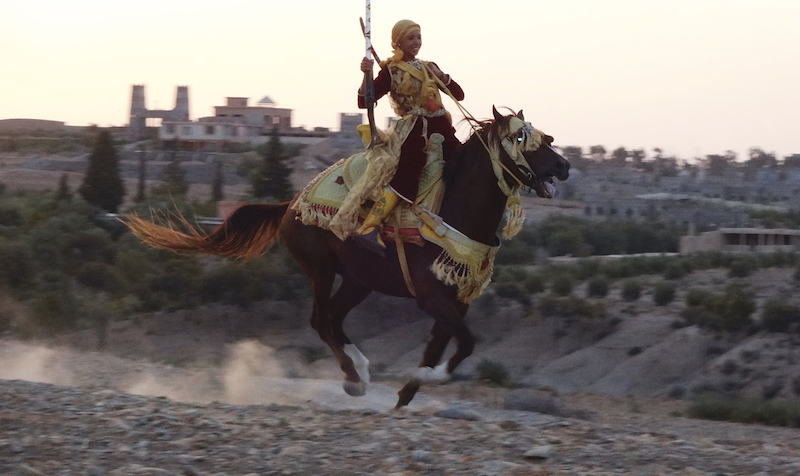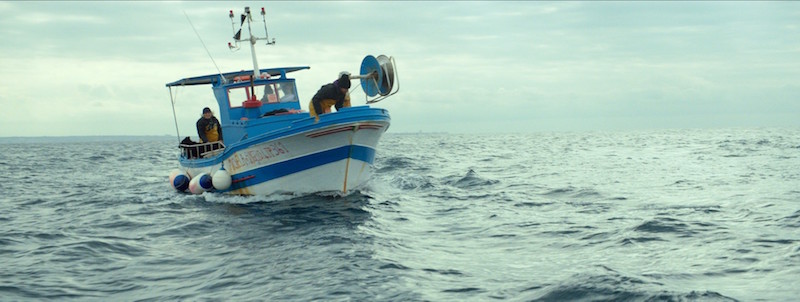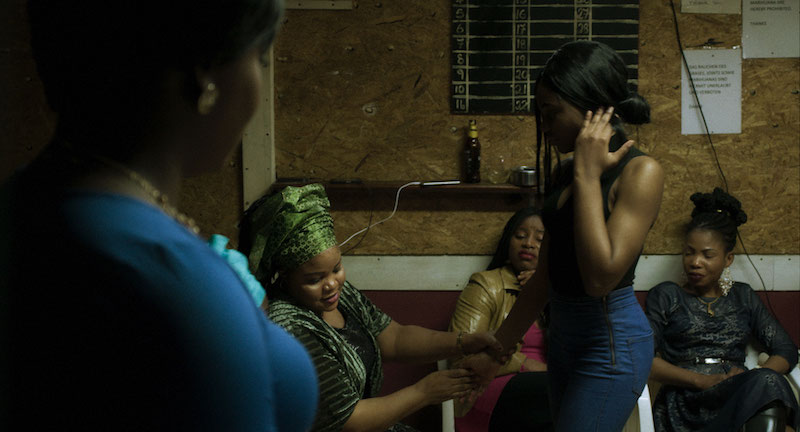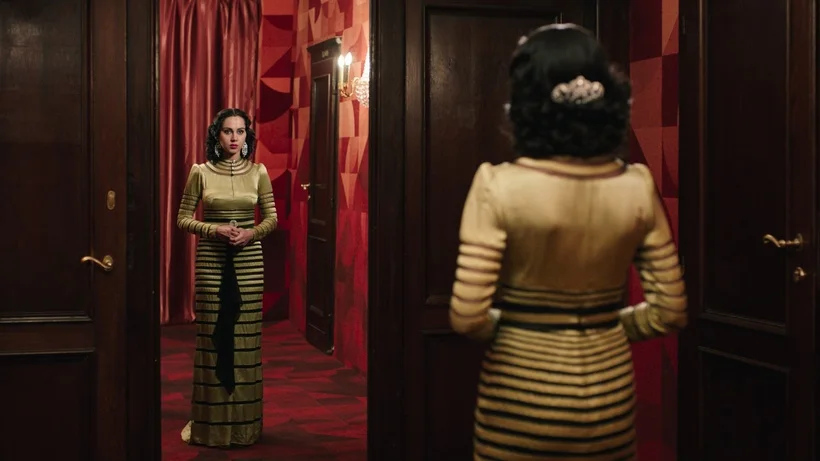Also included in the extensive line up of projects participating in the upcoming industry incubator organized by the Doha Film Institute is the follow up by Algerian helmers Damien Ounouri and Adila Bendimerad to their award winning epic ‘The Last Queen’, as well as Suzannah Mirghani’s highly anticipated feature debut ‘Cotton Queen’.
Read MoreClockwise from left: Walter Salles, Anna Terrazas, Darius Khondji and Lav Diaz
Walter Salles, Lav Diaz and 'Roma' costume designer Anna Terrazas announced as Qumra Masters 2025
The list for the upcoming edition also includes César and Academy Award nominated DoP Darius Khondji, and Hong Kong filmmaker Johnnie To Kei-Fung.
Read MoreA still from ‘Salted Skins’ by Nicolas Fattouh, courtesy of the DFI
The Cannes Diaries: Doha Dreaming with multiple DFI projects in the Cannes Official line up & Spring 2024 upcoming grants
It’s all in a week’s work for the Doha Film Institute, the greatest cinematic organization in the MENA region.
Read MoreA still from ‘Maria’ by Jessica Palud
Cannes adds more titles, include Jessica Palud's 'Maria' and unveils jury for Un Certain Regard
Plus, their selection of short films from all over the world and an immersive program which includes fantastic works featuring the voices of Cate Blanchett, Indira Varma, Tahar Rahim and Colin Farrell.
Read More‘Gokogu no Neko’ (The Cats of Gokogu Shrine) by Kazuhiro Soda
Peace-building, great discoveries, tigers and temple cats among highlights of 2024 Berlinale
With the Competition titles still to be announced, the Berlin Film Festival is already showing some great bridge building colors, as well as panache, good taste and humor. And a film that starts out being about cats, but turns into so much more...
Read MoreKatara Opera House on the opening night of Ajyal Film Festival in Doha, Qatar
Doha's Ajyal Film Festival Opening Night: We may be socially distanced but our cinematic hearts beat as one!
This year, the Doha Film Institute has managed to put together a hybrid online and in person (for Qatari residents only) version of its annual Ajyal Film Festival dedicated to young audience and there was even a red carpet last night and an opening ceremony. I’m sharing the video of the latter below.
Read MoreA still from Iran’s submission to the Oscars, ‘Sun Children’ by Majid Majidi
Doha's Ajyal Film Festival: Erasing some of the common borders of the Middle East, for a youth centric audience
I’ve long been a fan of everything that the Doha Film Institute has to offer. Their Qumra event is a phenomenal way to witness how filmmakers go about constructing their films, from pre-production to grants and securing funding to finish their projects. For a culture journalist, it’s a valuable way to experience, quite literally, how cinema is made.
But personally, the event that remains near and dear to my heart is always the Ajyal Film Festival.
Read MoreA still from ‘Femmetasia’ by Mouhssine El Badaoui
Five projects from this year's Qumra I simply cannot wait to watch
The yearly, five days long Qumra event in Qatar, held by the Doha Film Institute each March is that rare occasion for those of us who write about cinema to connect with the filmmakers, producers, film programmers, sales agents and festival directors who make the magic happen. Don’t misunderstand me now, I think film journalists and bloggers are equally to praise or blame for great movies being made. Our collective word, the reviews and interviews we manage to sell to publications or feature on our blogs, can create a movement that reverberates around the world. I know colleagues who pride themselves on making or breaking someone’s career. It’s not nice, but it is true. Take the case of Gianfranco Rosi’s ‘Below Sea Level’ and the infamous Variety review that ensured the film never made it to a cinema near you — a fact the filmmaker mentioned in his Masterclass at last year’s Qumra.
That said, in Doha there is a great energy created by the powers that be of the DFI, which allows journalists to relate to the film projects in such a personal way that it’s impossible thereafter to dislike it or even ignore it.
Read MoreA still from ‘Rosso: a true lie about a fisherman’ by Antonio Messana
Watching the short end: The Ca 'Foscari Short Film Festival is the other Venice film festival
Most directors whose features you are watching in cinemas today started out making short films. It’s a fact that short narratives and documentaries are the stuff future filmmaker build their craft on and the Ca 'Foscari Short Film Festival recognizes that through and through. In their press release for the upcoming ninth edition of the event, which will run from March 20th to the 23rd, the following statement made me realize just how much they believe in the learning power of the ‘Short”.
Read MoreThe Venice Diaries: Sudabeh Mortezai's 'Joy' wins multiple awards, and conquers hearts, in Venice
As we watch our nightly dose of immigration porn fed to us by the local news channels, particularly those of us who live in Europe we see row after row of young men stepping off boats and assorted vessels. We could be mistaken into thinking that they left their women safe at home, in their country of origin, the wives and girlfriends and mothers awaiting their return, as well as their paycheck. That's so far from the truth and if you ever held such a wrong opinion, 'Joy' by Sudabeh Mortezai will set you straight.
In her beautifully shot and perfectly told film premiering in the Giornate degli Autori, Venice Days sidebar at the Venice Film Festival, Mortezai shows us the complex network of Nigerian women who virtually invisibly inhabit our European streets. 'Joy' is as much about the oldest profession in the world, the prostitution networks these women get sucked into and then, once they have paid off their debts, also manage and run in Europe, as it is about womanhood itself. We follow the story of these young women from the juju ritual they are subjected to at home, in Benin City Nigeria, to the streets of Vienna where they owe their traffickers the kind of money one wouldn't spend traveling around the world for a year and staying at the best hotels.
Read MoreActress Behnaz Jafari with filmmaker Jafar Panahi in a still from '3 Faces'
The last of the Cannes Diaries 2018: When all else fails, you can find me at the movies
It was the best of times, it was the worst of times. Actually, this edition of the Festival de Cannes turned out to be a missed opportunity, for media and juries alike to truly take charge of the #TimesUp movement and make of it a lasting course instead of a passing trend. Yes, there were stairs filled with women in pretty dresses, there were hotlines that we could call if we felt threatened or harassed, but ultimately the big prizes went to the big boys. As they have for every edition of the festival, except once, in 1993 when Jane Campion made history as the first and only woman to win the Palme d’Or.
Yet personally, I loved Cannes more than ever this year. I had a soft place to fall, in the form of a wonderful group of friends I spent my free time with, eating dinners we cooked together and drinking our morning coffee back at our cozy apartment with one breathtaking view. I mean, just look at the Disney fireworks for 'SOLO: A Star Wars Story' display from our terrace!
Read MoreCOURTESY OF VENICE DAYS
A still from Shirin Neshat’s ‘Looking for Oum Kulthum’ featuring Yasmin Raeis
The Venice Film Festival Diaries: ‘Looking for Oum Kulthum’, ‘Woodshock’ and a ‘Coda’ That Isn’t the End
If you think that in order to feature strong women a film festival only has to pay attention to the male to female ratio of filmmakers in their Competition section, think again. At this year’s Venice Film Festival, powerful, interesting, revolutionary women roles, filmmakers and icons have been everywhere. You just have to know how to look. And maybe you won’t always find them in the director’s chair, which is alright by me. But in the case of the first two films I’ll talk about here, they happened to be both in front of and behind the camera.
Read More

